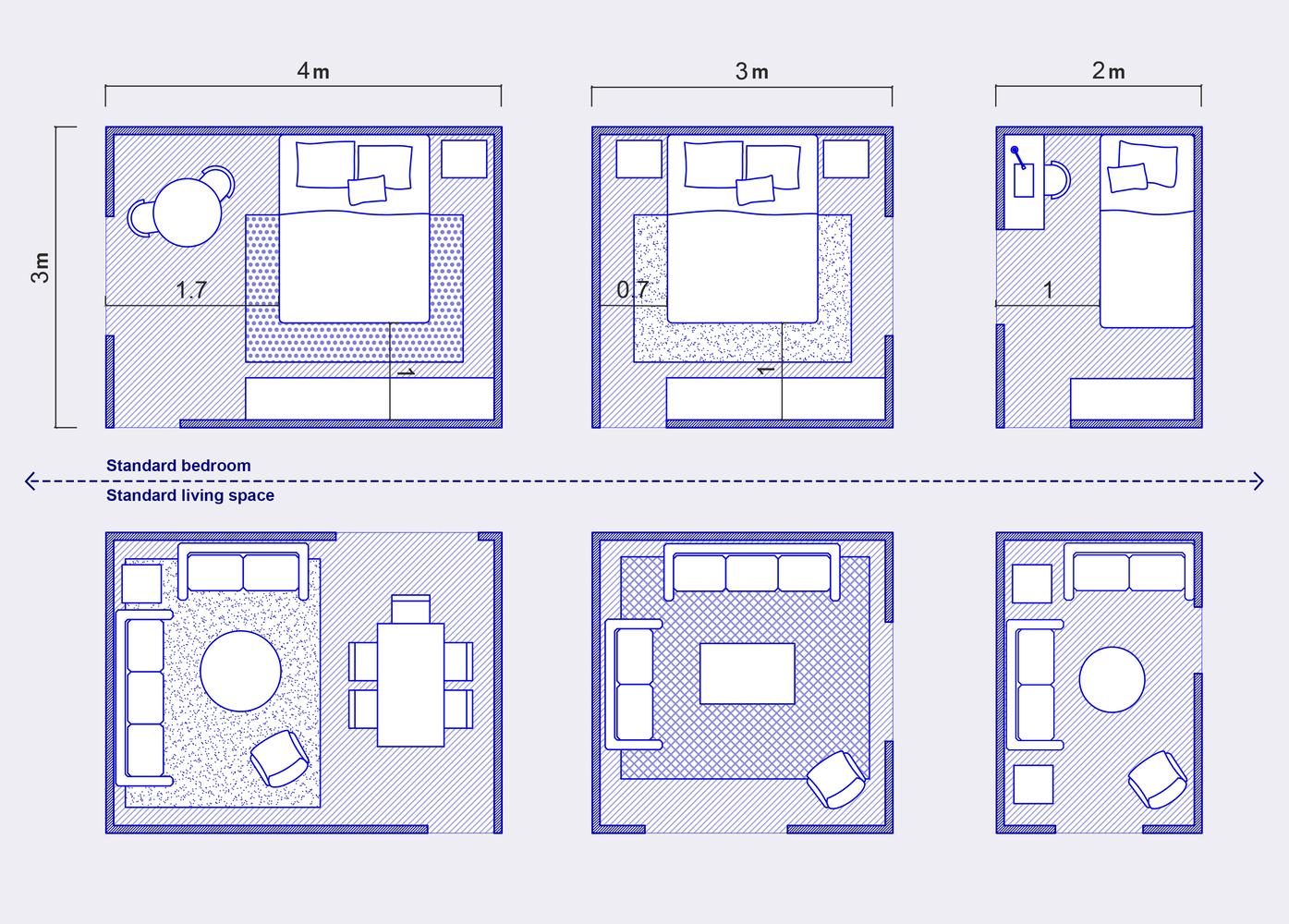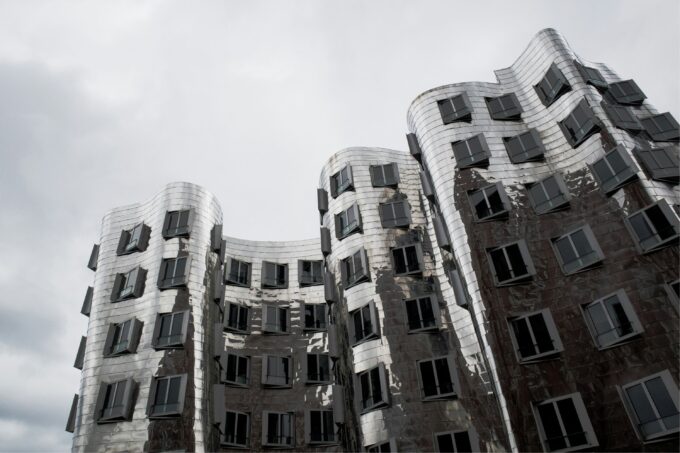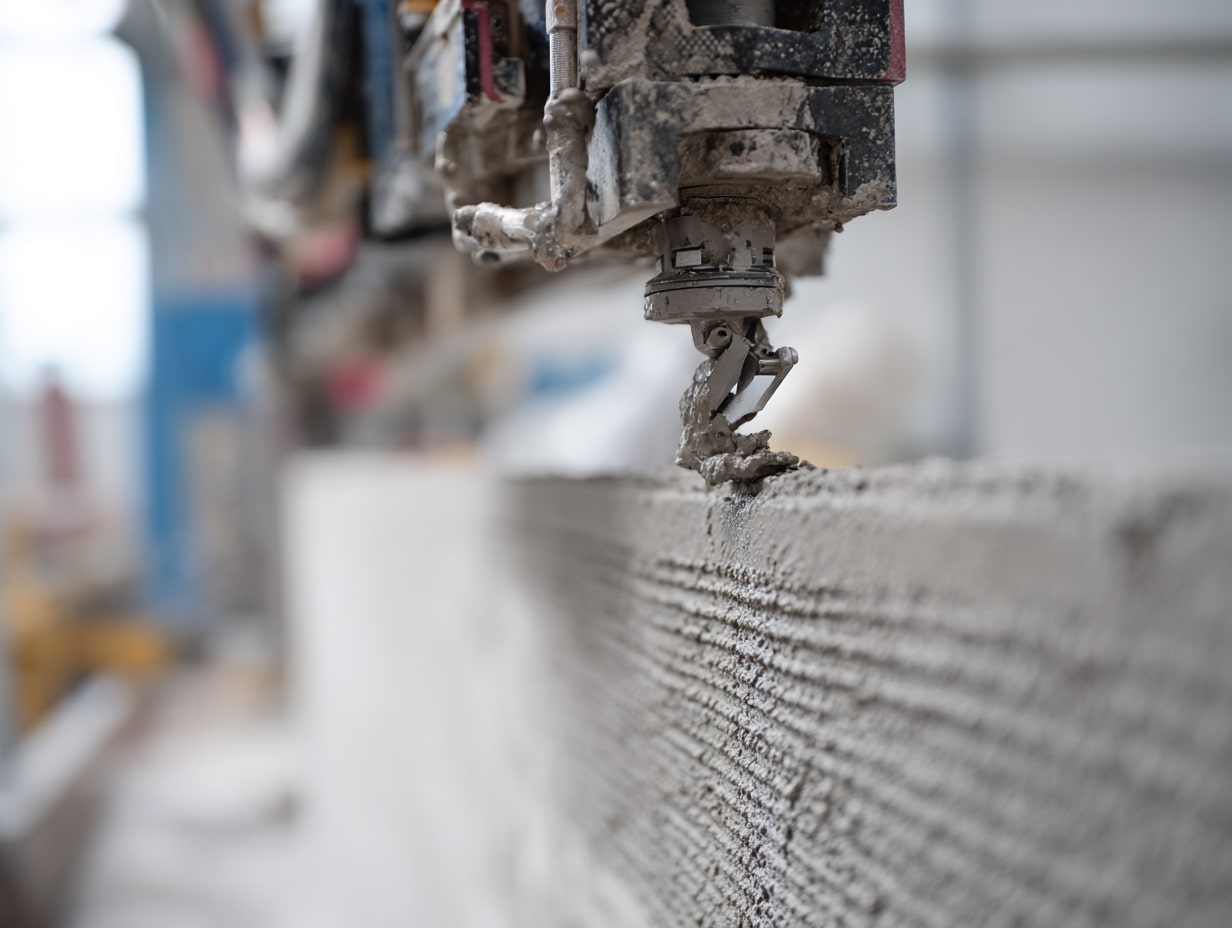- Home
- Articles
- Architectural Portfolio
- Architectral Presentation
- Inspirational Stories
- Architecture News
- Visualization
- BIM Industry
- Facade Design
- Parametric Design
- Career
- Landscape Architecture
- Construction
- Artificial Intelligence
- Sketching
- Design Softwares
- Diagrams
- Writing
- Architectural Tips
- Sustainability
- Courses
- Concept
- Technology
- History & Heritage
- Future of Architecture
- Guides & How-To
- Art & Culture
- Projects
- Interior Design
- Competitions
- Jobs
- Store
- Tools
- More
- Home
- Articles
- Architectural Portfolio
- Architectral Presentation
- Inspirational Stories
- Architecture News
- Visualization
- BIM Industry
- Facade Design
- Parametric Design
- Career
- Landscape Architecture
- Construction
- Artificial Intelligence
- Sketching
- Design Softwares
- Diagrams
- Writing
- Architectural Tips
- Sustainability
- Courses
- Concept
- Technology
- History & Heritage
- Future of Architecture
- Guides & How-To
- Art & Culture
- Projects
- Interior Design
- Competitions
- Jobs
- Store
- Tools
- More

The world of design and architecture is constantly evolving, reflecting the needs, aspirations, and lifestyle changes of its inhabitants. One such evolution that has gained significant prominence in the 21st century is the integration of modular furniture in modern architecture. This article delves deep into understanding the increasing inclination towards modular furnishings and how they seamlessly gel with the philosophies of modern architectural designs.
Modularity in furniture design refers to the creation and incorporation of standardized units or modules that can be easily assembled, reassembled, combined, and customized in various ways to create a wide range of furniture configurations. These modules are designed to fit together seamlessly, providing users with flexibility to adjust and adapt their furniture to meet specific needs, spatial constraints, or aesthetic preferences.

Here are the key aspects of modularity in furniture design:
- Standardized Units: Modular furniture is often based on consistent dimensions or sizes. This standardization ensures that different pieces or units can be combined with precision.
- Flexibility: One of the main advantages of modular furniture is its flexibility. Whether it’s an expanding family, a change in decor, or a move to a new space, modular furniture can be reconfigured to adapt to evolving needs.
- Interchangeability: Modular components can often be used in multiple settings. For instance, a modular shelving unit might be usable as a bookshelf, a TV stand, or even a room divider depending on how the modules are arranged.
- Space-Saving: Modular furniture is particularly beneficial for urban living, where space constraints are common. Designs can be tailored to make the most out of limited spaces, with the option to expand or reduce as necessary.
Table of Contents
ToggleUnderstanding Modular Furniture
Modular furniture is designed in a way that its components can be combined in various configurations, allowing for flexibility and adaptability to different spaces and needs. This design approach often uses standardized units or dimensions, enabling ease of assembly, rearrangement, and customization.

The Harmony with Modern Architecture
- Minimalistic Approach: One of the defining features of modern architecture is its tendency towards minimalism. The clean lines, understated designs, and functional aspects resonate with the principles of modular furniture. Together, they create spaces that are uncluttered, adaptive, and efficient.
- Space Utilization: With the growing population and the subsequent space constraints, especially in urban areas, modern architecture strives for optimal space utilization. Modular furniture complements this by providing multi-purpose solutions. A single unit can often serve various functions – a sofa that transforms into a bed or a dining table that doubles up as a workspace.
- Sustainability: Modern architecture is increasingly moving towards sustainable practices. Modular furniture supports this by allowing components to be replaced or upgraded without discarding the entire unit. Moreover, modular systems often result in reduced waste during production as the standardized units can be produced with precision.
- Adaptability: The dynamic nature of contemporary living means that spaces must be adaptable. Whether it’s the growing needs of a family, shifting work routines, or just a change in aesthetic preferences, both modern architecture and modular furniture offer solutions that can evolve with changing needs.
Innovations and Trends
Several innovations in modular furniture have caught the eye of architects and designers:
- Smart Integration: The integration of technology within modular units is becoming increasingly common. Think of beds with built-in chargers or modular units that incorporate lighting and sound systems.
- Organic Forms: Moving away from the traditional boxy designs, many modular pieces now embrace curves and organic forms, aligning well with modern architectural elements that play with fluidic designs.
- Material Exploration: From sustainable woods to recycled plastics, the material palette for modular furniture is expanding, mirroring the diverse range of materials used in contemporary architecture.

The Future of Modular Furniture in Modern Architecture
The relationship between modular furniture and modern architecture is one of mutual enhancement. As architectural designs become more adaptive, flexible, and sustainable, it’s only natural for the furniture within these spaces to follow suit.
In the future, we can anticipate even more seamless integration between furniture and space, with both responding to the unique needs and preferences of the individual. This will be a world where the boundaries between fixed and movable, permanent and temporary, functional and aesthetic, blur, giving way to holistic habitats that truly reflect the contemporary spirit.
In conclusion, the interplay between modular furniture and modern architecture isn’t just about aesthetic alignment or functional fit. It’s about crafting environments that cater to the dynamic rhythms of modern life, where change isn’t just anticipated but embraced and celebrated.

Submit your architectural projects
Follow these steps for submission your project. Submission FormLatest Posts
How to Furnish Your New Home in 24 Hours (Without Picking Up a Screwdriver)
The keys have been handed over. The lease is signed. You are...
3D Printed Homes: Time, Cost, and What to Expect
3D printed homes explained: realistic timelines (24–72h walls, 8–16 weeks total), true...
How a Contact Centre Boosts Trust in Your Building Business
In construction, trust is the glue that holds projects together. Clients need...
How Real Time Parcel Geolocation Is Redefining Last Mile Efficiency for Modern Businesses
Last mile delivery has become the most critical point in the customer...












Leave a comment